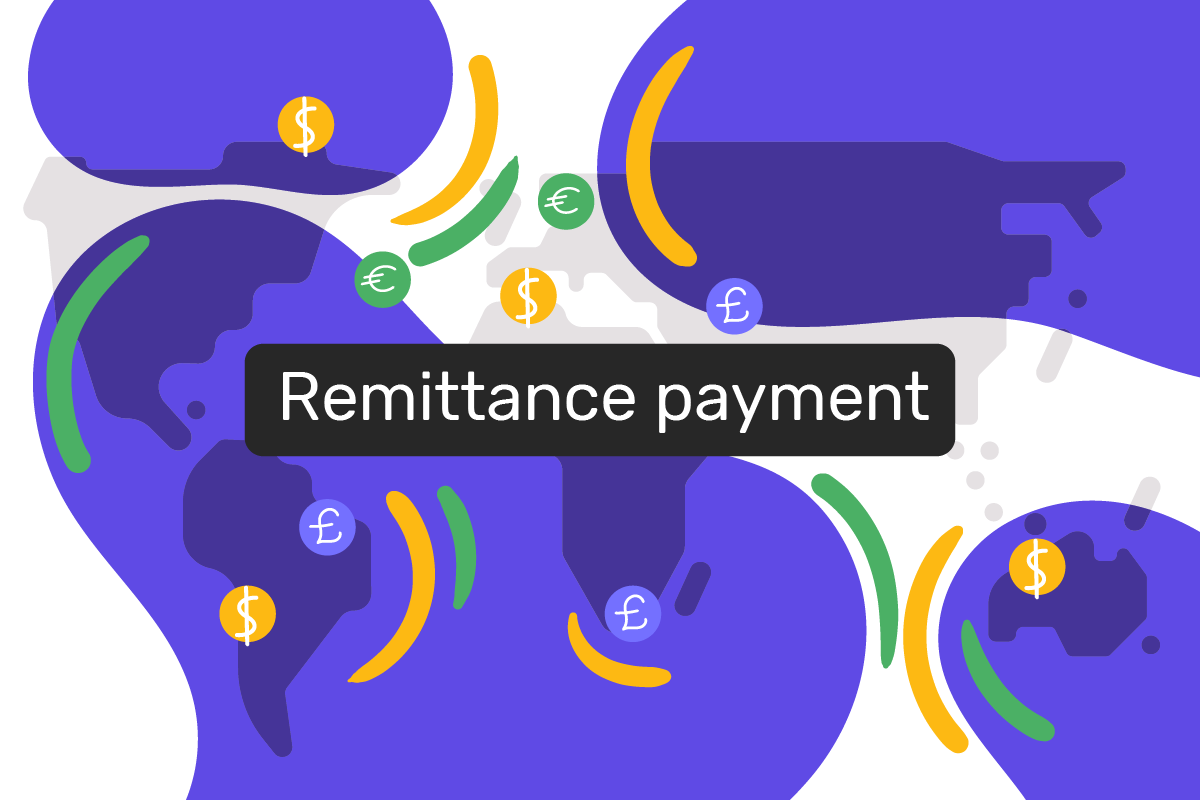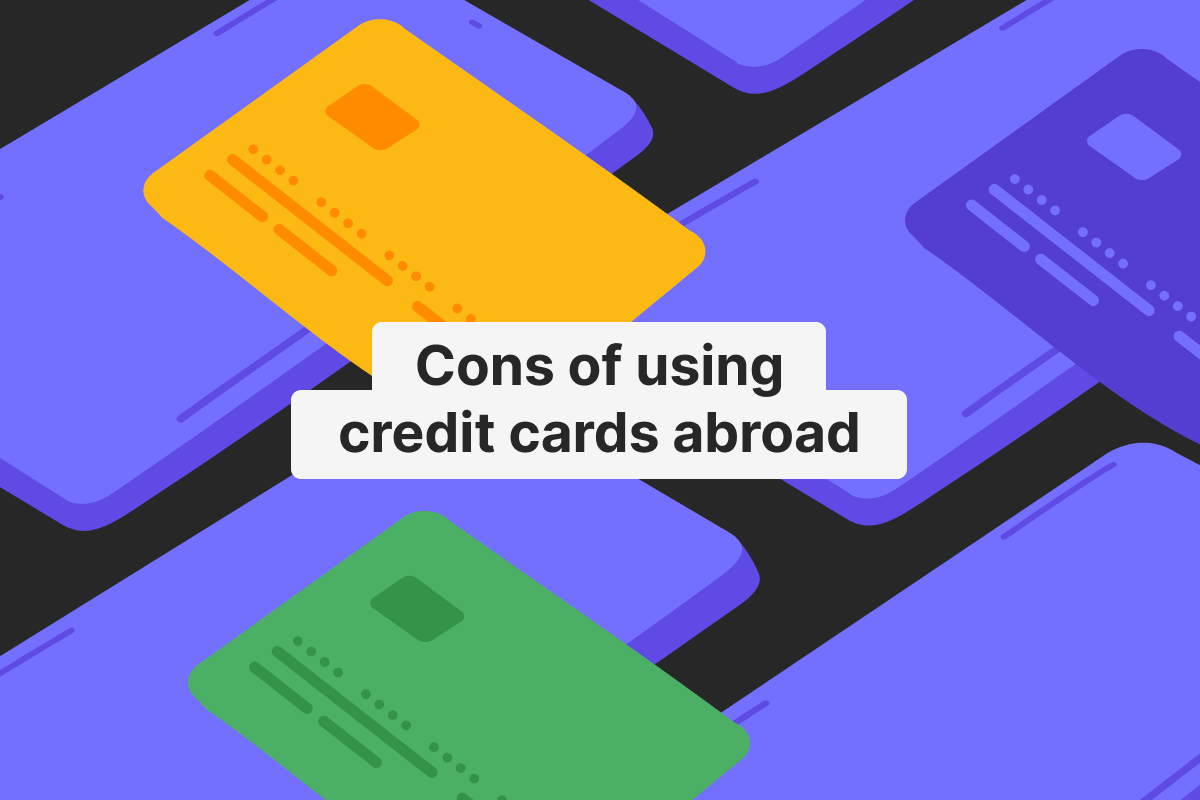With the steady development of modern banking over the past decade, many complicated financial terms migrated into our daily jargon. Moreover, now financial operations are simple and fast: just with a few clicks on your smartphone, you can make a call, take a photo, or send money. While such words and phrases as transfer, debit card, and electronic money are understandable, there remain some financial terms that are more difficult to comprehend.
That’s why Genome‘s team decided to talk about what does a remit payment mean in our article. Also known as remittance, this financial operation is widely used globally. Read on if you still don’t know what it’s all about and why it matters.
How does a remittance work
To understand the meaning of remittance, you need to know what does remit mean. The word “remit” can be deciphered as “send back”. Thus, the definition of remittance is money sent from one party or another, usually overseas.
Now we will explain how remittance is different from other types of payments. To start with, we need to clarify that all the following words can be used as synonyms: remittance, payment, transfer, and transaction. It is because all of them have broad and narrower meanings. As discussed above, remittance is any money movement between a sender and recipient (broad meaning). Not so many years ago “to remit a payment” could be interpreted as “to send funds back”. And a remitted payment was the one that was returned accordingly.
Another broad explanation of remittance is a money gift or present. In the modern context, remittance transfers have a specific definition to differentiate between them and other types of payments. Thus, a remittance refers to an international transfer made by people who moved to their home countries and vice versa. In other words, it is any type of overseas payment that can be done in numerous ways. It follows that remittance is always a synonym to payment, but payment is not always a remittance (if it is a transaction within one country).
The next two factors contributed greatly to the spreading and everyday use of remittance transfers all over the world:
Migration
During the past 50 years, more and more people choose to work abroad for extended periods. They either come back to their home countries after a few years or don’t do this, but still send money to their families from time to time. For example, India receives thousands of remittance transfers annually due to a large number of its citizens working and residing worldwide.
Globalization
More and more businesses not only deliver globally but also have employees in different countries. Especially because of lockdowns, companies are looking for skills and talents rather than demand the physical presence of their workers in the office or even in the same city/country. A remittance transfer is a fast and efficient way to pay salaries to your employees abroad. At the same time, individuals can also pay for a company’s services by sending remittances.
Open an account
in Genome online
How to send a remittance
So, we already know that a remittance is an international payment ordered by a person who’s living and working abroad. By making a remittance, they send funds to their family members back in their home country.
Just like with any overseas transaction, there are plenty of ways to make a remittance transfer. Due to the recent advancement of financial technologies, you can send remittances from a bank’s branch, via the phone, from mobile, or web banking applications. Let’s have a closer look.
Which payment methods can be used for sending a remittance?
Bank remittance
Instructing a traditional bank transfer is a common way to make a remittance. For this, both sender and a receiver need to have accounts with any financial provider. The timeframes for such remittances will be a few working days.
Wire transfers
These can be also used for sending and receiving remittance payments. Even though wire transfers are not as popular anymore, they still serve their purpose.
Electronic money remittance
Transfers between mobile money wallets became possible not so long ago, but they quickly became a favorite way to send funds to millions of people. Instant processing is one of the major benefits of using electronic money remittances. Speedy payments are crucial for urgent situations and simply when people do not return home for years so that they cannot just bring cash. These remittances can be done within seconds from a mobile or web application from any device. The only thing you need – Internet connection. In addition, creating a digital wallet is much easier than opening a bank account with a high-street bank. Such money transfer companies as Wise, WorldRemit, and Paysend are the major players in the industry of electronic money transfers and offer affordable prices.
Card-to-card payments
These remittance payments are, undoubtedly, convenient. You do not need to open a bank account for this, but only the details of both your and the receiver’s debit or credit bank cards. They do not need to order any special card for this because any bank card is suitable. The funds are usually available in the receiver’s card within seconds and they can immediately use it for payments or withdraw cash.
Cash pickups
It’s also possible to send remittance by cash pickup or home delivery. In some countries, cash is still used more widely than electronic money or electronic payments. Thus, it’s a great option to send remittances so that relatives or family can have real money as soon as possible.
B2B remittances
Remittances are also handy for B2B payments if the companies are located in different countries. Below we’re discussing the most common B2B payment methods
Bank transfer
Such transactions should be done between business accounts of a few companies rather than between personal accounts of companies’ owners. You can also make use of electronic money transfers and a variety of money transfer companies.
Wire transfer
Old but gold, this method is still widely used for B2B payments.
Cheque
These are still very common in the US. They usually serve as physical proof of a transaction – which is one of their major benefits. The downside is that signing, processing, and cashing out a cheque takes a lot of time and involves many people. Moreover, the risks of human error are considerably high.
Credit card payments
These can be expensive (because of pretty large fees on both sides of a transaction) but remain efficient. Credit cards have limits, which can be a disadvantage if a company generates high-volume sales.
Send money with Genome
You can use both Genome personal and business accounts for sending international payments (or remittances). In fact, there’s more than one way to receive or make a remittance with Genome.
Firstly, you can make regular transfers globally with us (SWIFT and SEPA transfers supported). Open an IBAN account with Genome and get access to your wallet just within 3 days.
Secondly, you can make payments from your Genome wallet to other users’ wallets. These transfers are free and instant, no matter in what countries the sender and receiver are located. Moreover, they work the same for both domestic (within one country) and international transactions.
Apart from personal and business accounts, we also offer merchant accounts*. You can have everything within the Genome ecosystem: a personal account for personal spendings, a merchant account* for accepting online payments*, and, finally, a business account to manage your company’s finances. Explore our website to get to know more about all Genome’s features.
*Please note that Genome’s merchant services have been temporarily unavailable since September 2024.
Open an account
in Genome online
FAQ
What does remittance mean?
Initially, remittance meant “to send money back” – from the word “remit”. Nowadays a remittance is understood as a payment abroad by any means (regular bank transfer, transfer to a digital wallet, card-to-card payment, etc).
What is an example of a remittance?
Generally speaking, a remittance transfer is any payment abroad. You can send money to a distant family member overseas as a Christmas gift or receive rent for the flat that you own in another country. Both of these examples are remittance transfers.
What is remittance payment?
It’s just another synonym to the word “remittance” or “international transfer”.
What is the difference between remittance and payment?
Payment is another broad term for different types of financial transactions. For instance, you can make a card payment in a physical store or online. Remittance can be called an international/overseas payment or payment abroad. However, not all payments are remittances. If payment is within the borders of one country, it cannot be a remittance.






